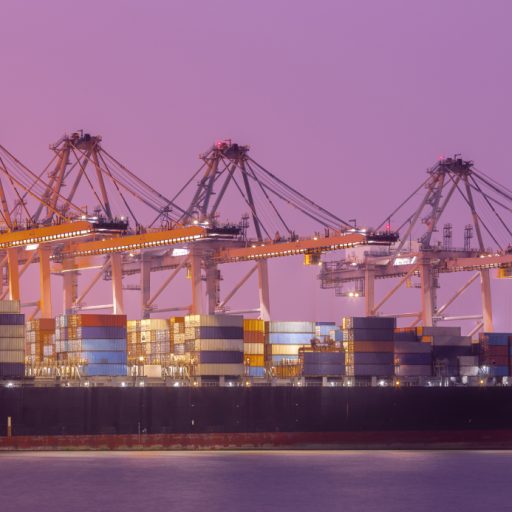
Where port-logistics is heading
Share:
Port-logistics sector is changing. It is living an evolution towards digitalization that began in the late 1980s, when the first Port Community Systems (PCS) and Terminal Operation Systems (TOS) appeared. However, in the last years is when this evolution begins to acquire a dizzying pace, especially since the emergence of Industry 4.0 that is digitizing the port sector so that it is also 4.0.
This digital transformation that experiments the sector carries a redesign of processes or services to improve them and add more value. And, in addition, it is expected that everything will continue evolving in the next few years thanks to the growth of investments in the market, the reduction of costs, and the emergence of new technologies.
In this regard, the port-logistics sector is undergoing a technological revolution where the Internet of Things, artificial intelligence, Big Data, massive interconnection of systems… are fundamental tools and technologies. Many startups accelerated in La Lonja de la Innovación participate in this revolution with their projects. For example, Portagma SL, which offers a digital solution to automate and share information within the port community, or Traxport, where they develop cutting-edge technologies for automating the tracking and traceability of goods throughout the entire supply chain. Discover them all here.
But where are these changes leading? What are the trends in the port logistics sector? We’ll tell you in this post!
Trends in the port-logistics sector
There are many factors and changes which impact makes the sector evolve, among them, the increased environmental awareness in society; globalization; the growth of some emerging economies; changes in consumption models; and the emergence of disruptive technologies. All of this drives the sector forward and gives rise to new trends for improvement:
- Blockchain. This technology helps increase transparency in the supply chain and also boosts the agility and security of processes.
- Data Science. Ports handle large amounts of information that are difficult to manage. That’s why applying data science can be very helpful. Big Data, AI, Deep Learning, and Machine Learning are technologies within this field that allow an accurate understanding of what is happening in a port in real-time, enabling the prediction of future situations, making better-informed decisions, adjusting resources, etc.
- Geographic Information Systems. Another solution allowed by technologies is to be able to to know in real-time where each ship or container is, improving security.
- Remote Piloted Aerial Systems (RPAS). Drones can also play a significant role in ports and their evolution. They allow easier inspections, precise measurements, and easier observations.
In summary, we can group the trends in port logistics into three main areas:
- Automation. Thanks to the technological advancements, different processes of the sector can be automatized, improving efficiency, wait times, and productivity. Moreover, it has allowed the labor force to be freed from more manual tasks that took time away from other more complex tasks.
- Digitalization. Like many other sectors, logistics-port is also digitizing, improving processes, and facilitating supply chain management.
- Sustainability: Greater social awareness of the environment and the implementation of regulatory standards, among other aspects, have led ports to adopt more sustainable practices in their functioning.
If you want to keep learning more about the logistics-port industry and its news, as well as discover tips to undertake your own project, take a look at our blog.



